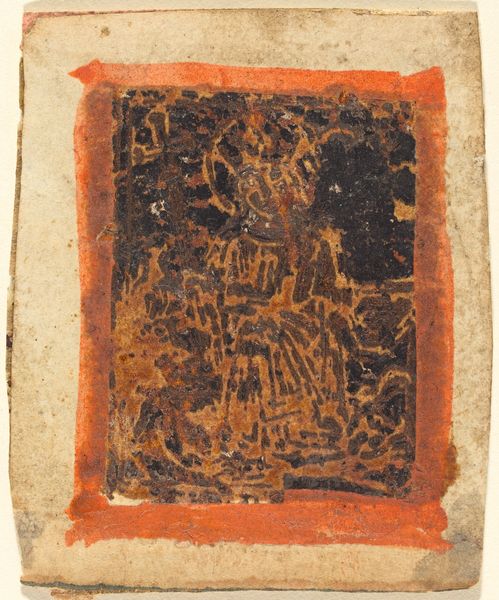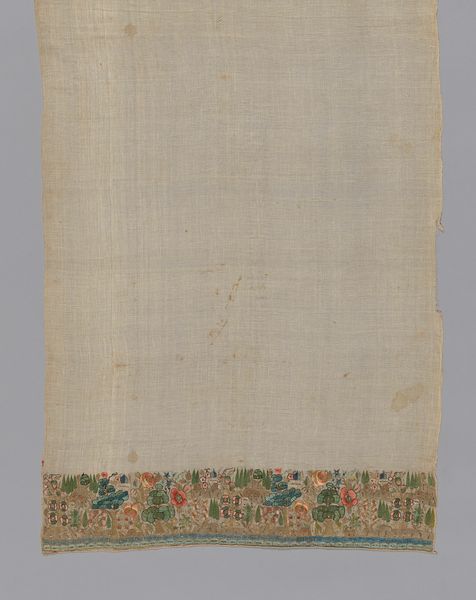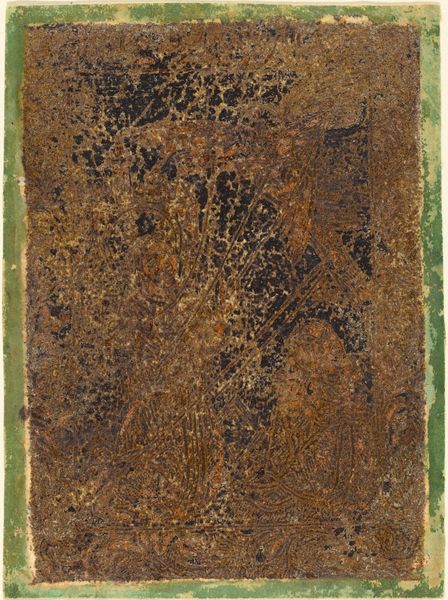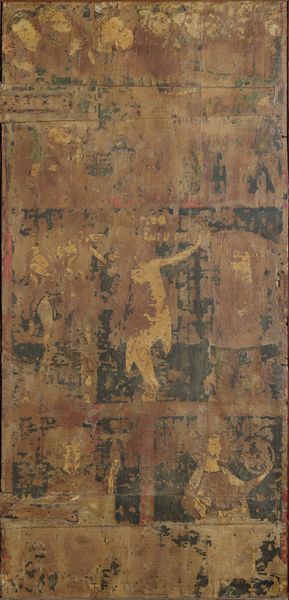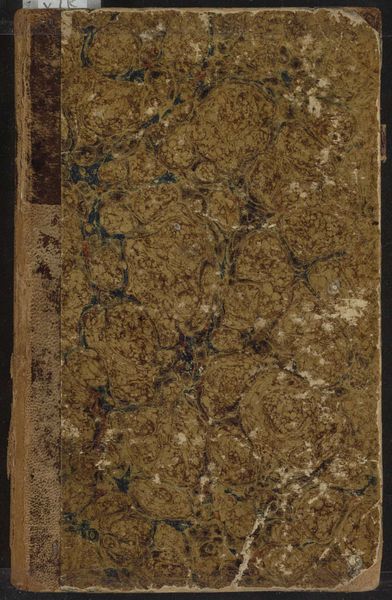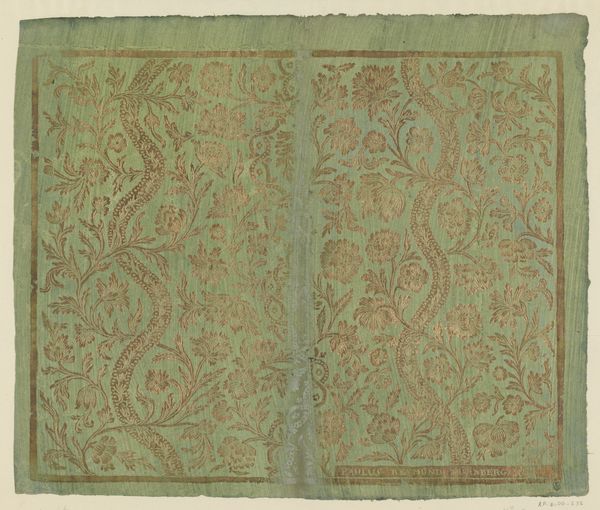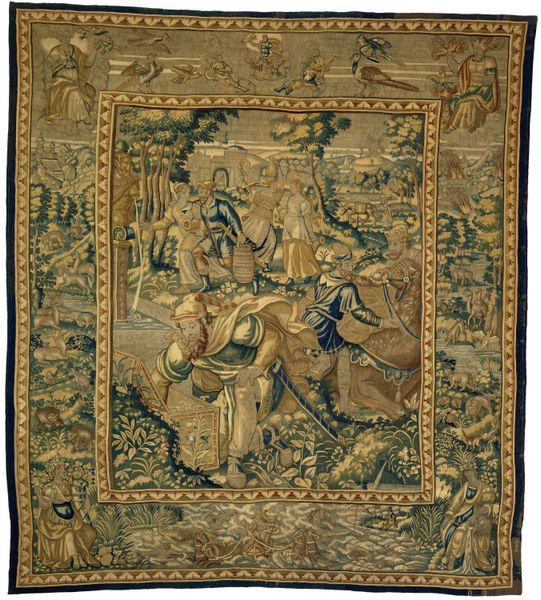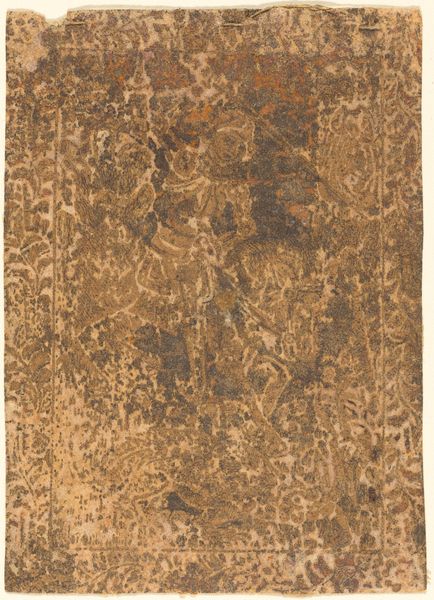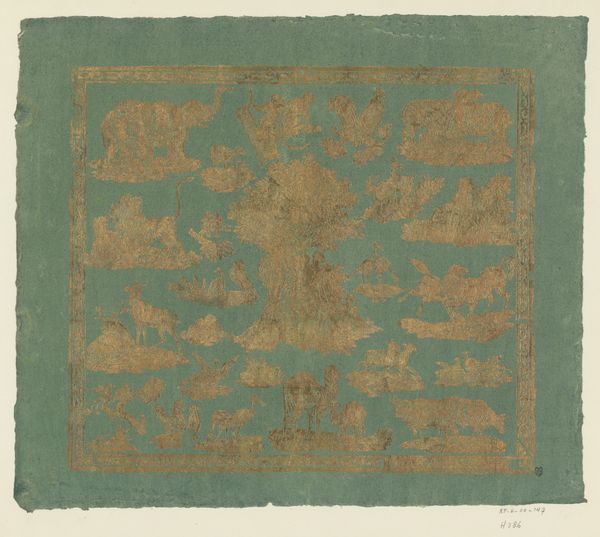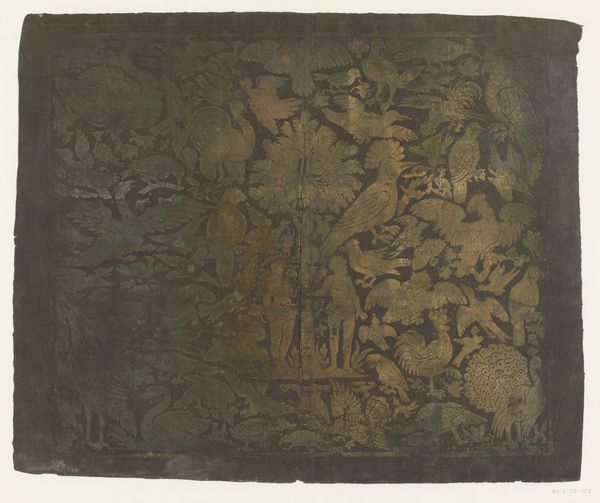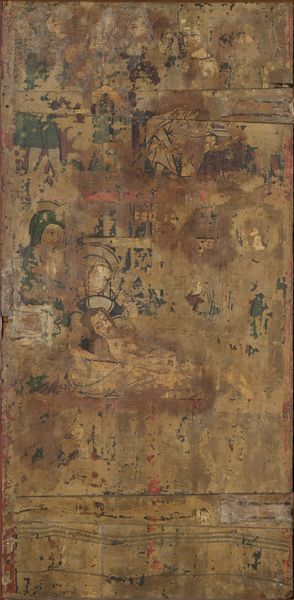
drawing, print, watercolor
#
drawing
#
medieval
# print
#
figuration
#
watercolor
#
crucifixion
#
history-painting
Dimensions: sheet: 12 1/16 x 8 7/16 in. (30.6 x 21.5 cm)
Copyright: Public Domain
Editor: This is an intriguing 15th-century print, “Christ on the Cross,” found here at the Metropolitan Museum of Art. Its anonymous maker employed drawing and watercolor techniques to realize it. Given its age and the way the print's surface has degraded, it presents as fragile. What do you see in this piece from a material perspective? Curator: The physical condition of this print, its evident wear and tear, speaks volumes. It moves beyond mere image to become a relic, an object that has borne witness to centuries of handling and exposure. The blurring of the image raises several questions about its function and consumption. Was this a devotional aid, reproduced and disseminated widely? Or was it a luxury object? Editor: That’s interesting to think about—its consumption and possible function. It’s not quite clear what that original purpose was. So, its materiality highlights that ambiguity, correct? Curator: Exactly. Think about the labor involved. Prints like these were crucial in democratizing religious imagery, moving production away from unique illuminated manuscripts toward relatively mass-produced images. This particular work looks like a blend of the reproducible and unique, since print has been augmented with hand-applied watercolor. It bridges the gap between “high art” and craft. Do you think this blend elevated its status in some way? Editor: It seems like the application of watercolor to this piece could have added value and made each print unique while maintaining the reproducibility afforded by printing. So, maybe it’s not just about one or the other. Curator: Precisely! The piece isn’t simply a ‘print,’ it's an artifact loaded with implications about labor, faith, and commerce in the late medieval period. Studying such details reveals far more than just the religious iconography. Editor: So, by looking closely at its materiality and method of production, we can actually unlock new understandings about its cultural context? Curator: Precisely! We move beyond aesthetics to understanding the means through which meaning was constructed and consumed.
Comments
No comments
Be the first to comment and join the conversation on the ultimate creative platform.



